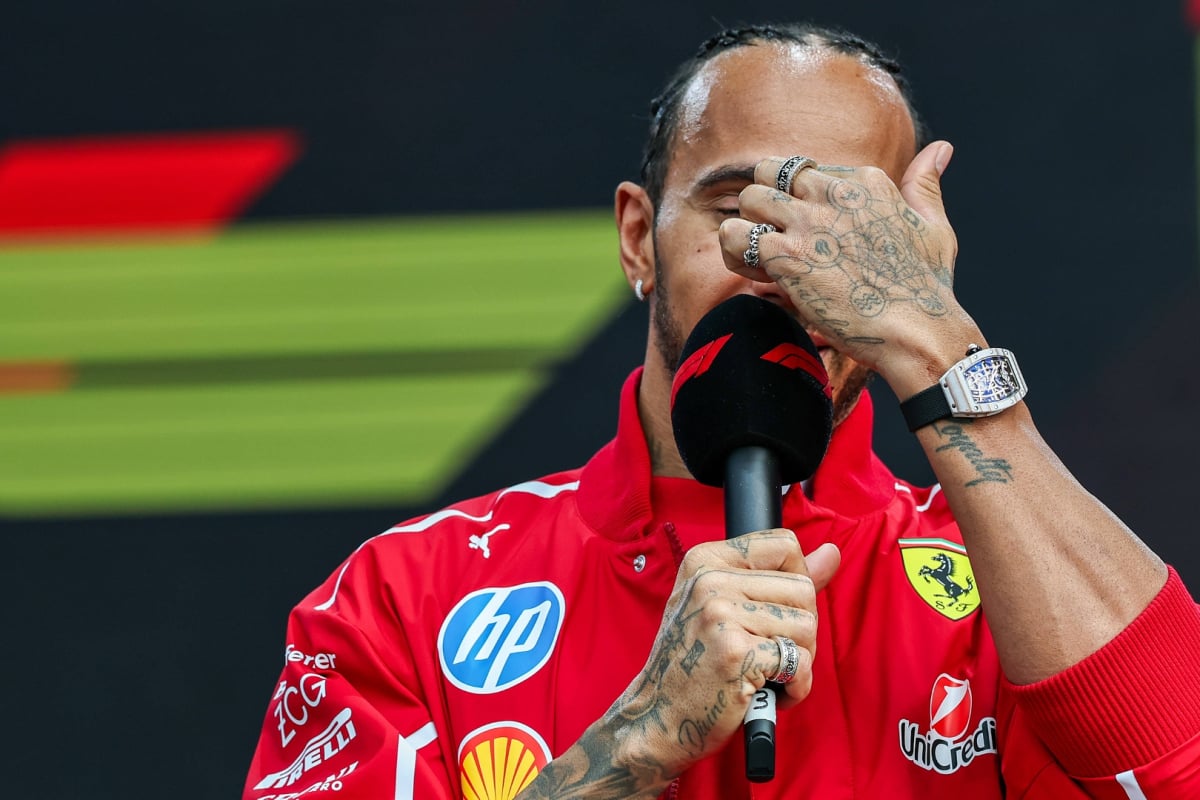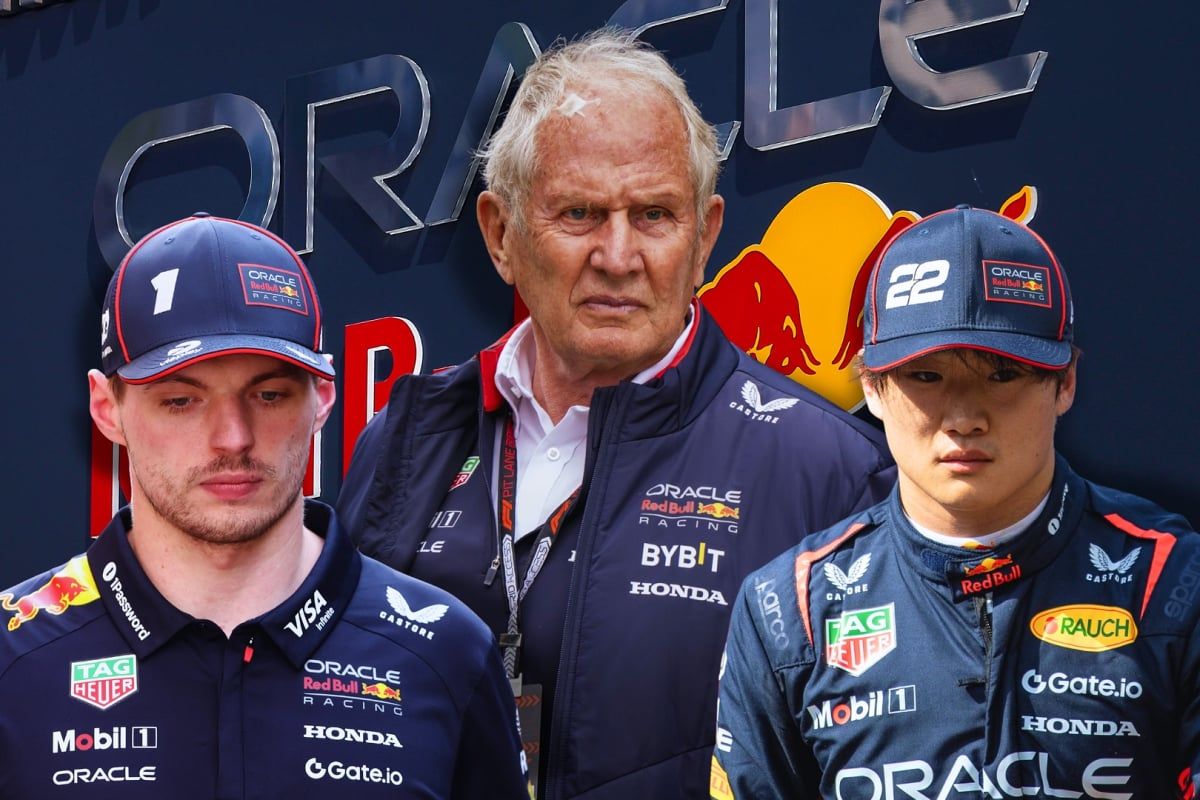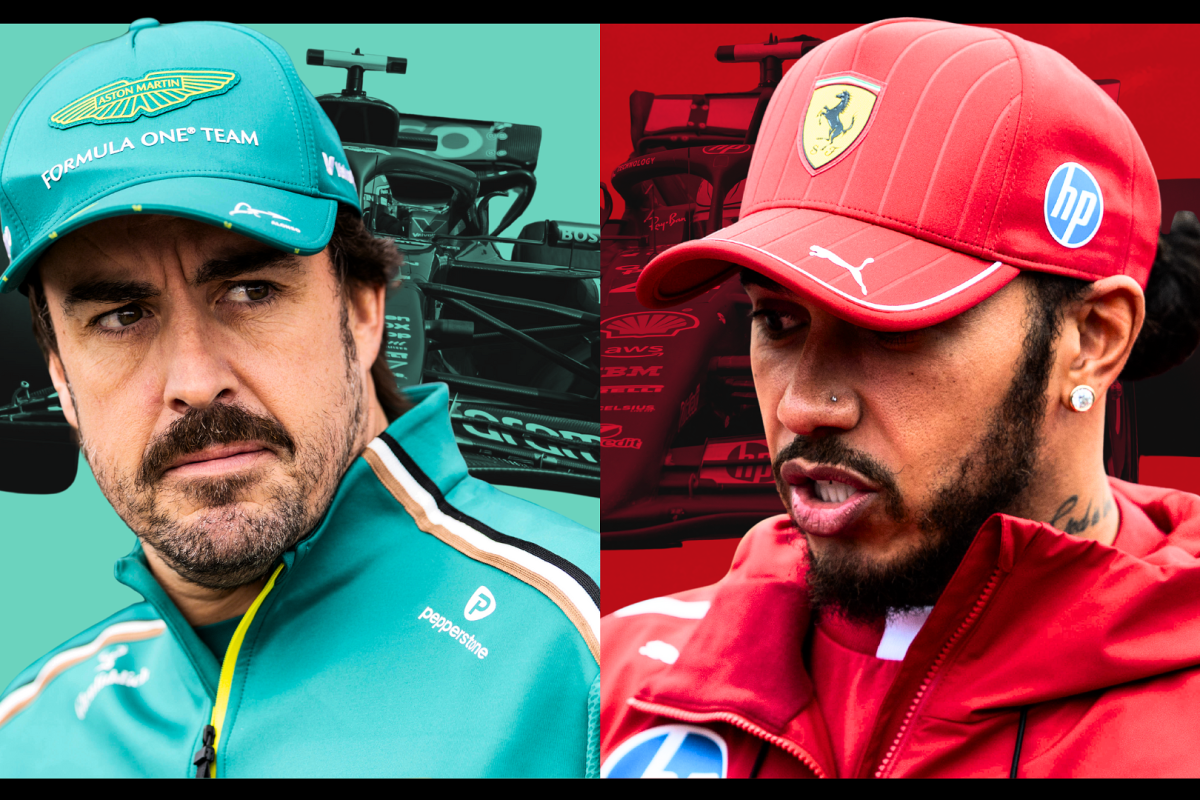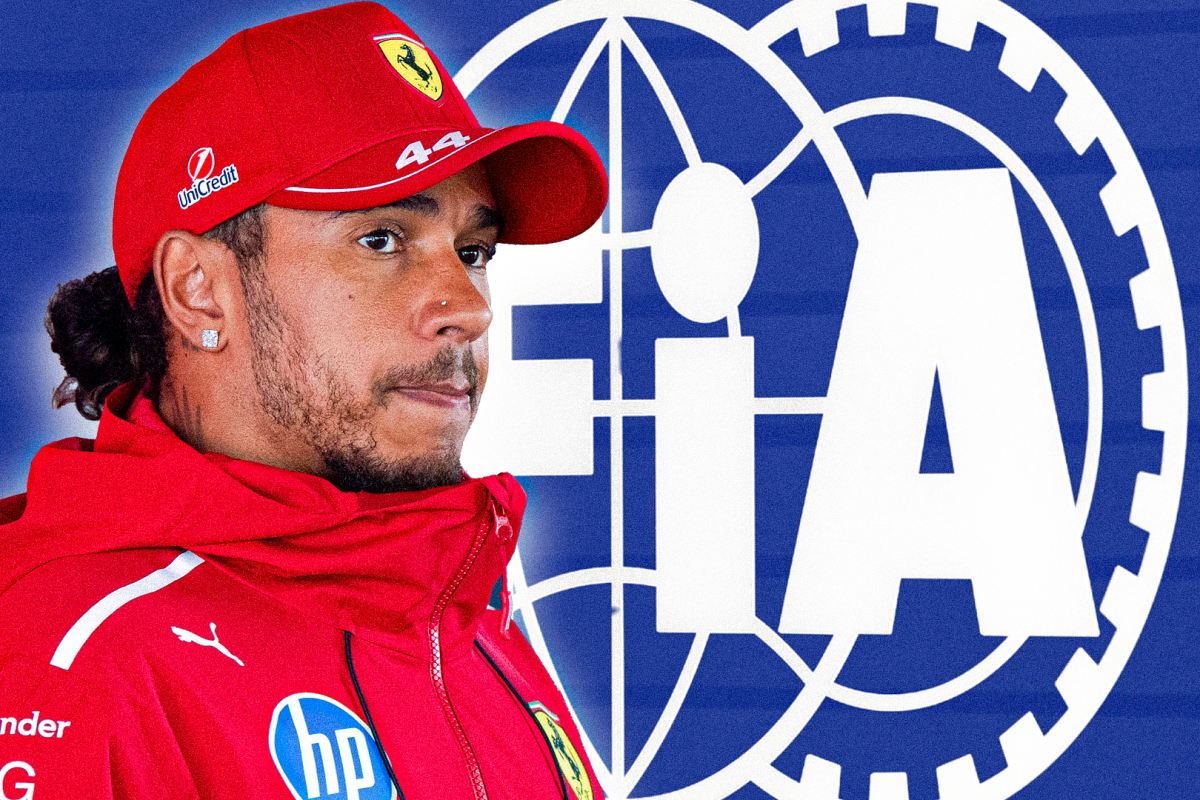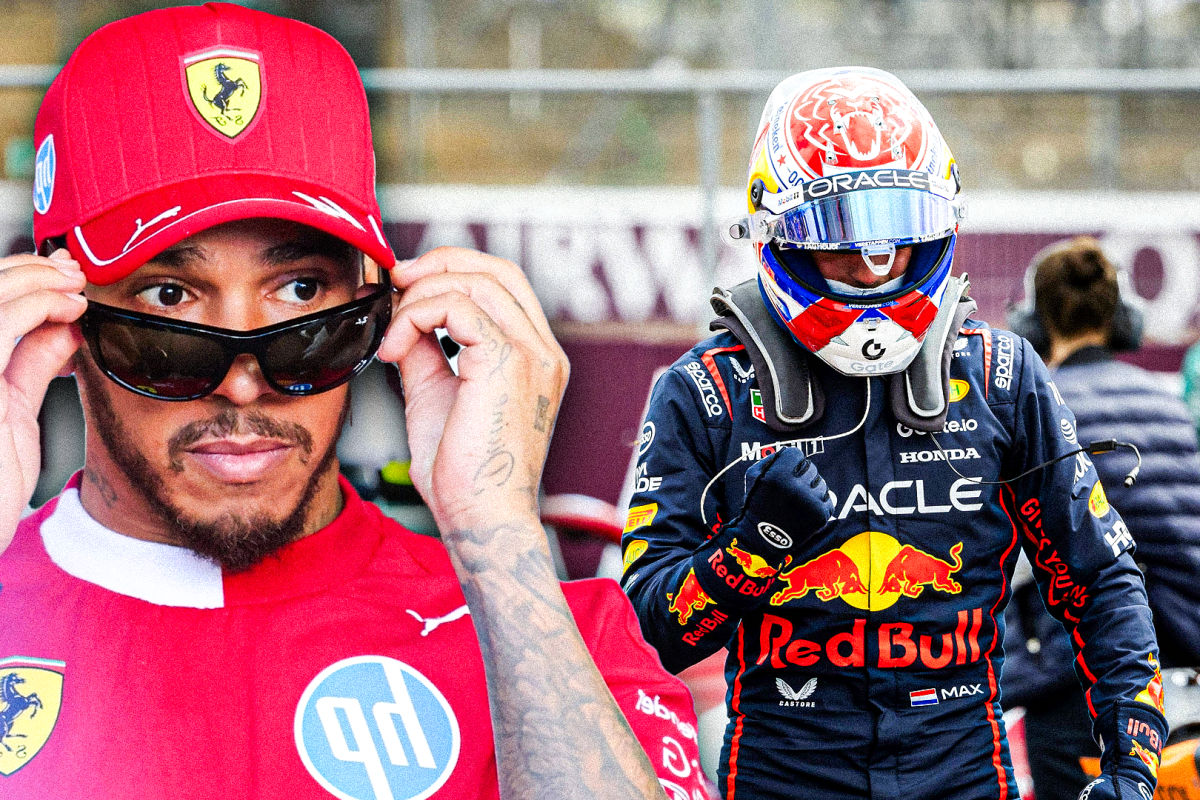Qualifying head-to-head: Lewis H.. read more
Lewis Hamilton’s highly anticipated return to Formula 1 in 2025, driving for Ferrari, has been met with a stark reality: a qualifying performance that falls short of expectations, exposing the team’s struggles in adapting to the new regulations. Initial reports and leaked telemetry data paint a picture of significant challenges for both Hamilton and the Scuderia, revealing a qualifying head-to-head battle that’s far from the dominant display many predicted.
The 2025 season’s opening qualifying sessions have become a microcosm of Ferrari’s broader struggles. While Hamilton has displayed flashes of brilliance in the race, often pushing the car to the limit and securing podium finishes, qualifying remains a significant hurdle. His performances are consistently hampered by a combination of factors, hinting at a deeper issue within the team’s overall strategy.
Early indications suggest a significant disparity between Hamilton’s pace in the race and his struggles to translate that speed into qualifying. The team’s performance in Q1, Q2, and Q3 is consistently underwhelming, often failing to place Hamilton in a competitive position for the starting grid. This is further compounded by the performance of other drivers in the field, who seem to be managing the new regulations more effectively.
Experts point to several potential areas of concern. Firstly, the transition to the new, more complex aerodynamic regulations has proven particularly difficult for Ferrari. The team, while boasting significant resources, appears to be behind in understanding the subtleties of the new rules. This is evident in the car’s performance under qualifying conditions, where precise setup and delicate driving are crucial for extracting maximum downforce. The cars’ balance, particularly at high speeds and in the corners, isn’t optimizing grip, resulting in inconsistent lap times and slower qualifying runs.
Further complicating matters is the team’s seemingly unyielding struggle with tire management. In the tight confines of qualifying, efficient tire exploitation is paramount. The difference between a perfect and near-perfect qualifying lap often comes down to the tiniest adjustments in tire temperature and pressure management. Yet, Ferrari seems to be lacking the optimal understanding of this process, as evidenced by Hamilton’s recurring problems getting the ideal balance for the qualifying laps. This deficiency may stem from the team’s difficulties fine-tuning the chassis for different tire compounds and temperatures, and ultimately impacting the car’s performance under the intense pressure of qualifying sessions.
The complex interplay between the car’s setup, tire management, and driver input is proving to be a formidable obstacle. The new aerodynamic rules, while demanding from a technical perspective, also necessitate subtle and often unseen adjustments in driver input during qualifying. Hamilton, despite his vast experience, is finding it challenging to adapt to this new paradigm. While some speculate that this is a problem with the driver, the evidence points more towards a more fundamental team-level issue in optimizing the car for the qualifying specific demands. The communication between Hamilton and the engineers is undoubtedly crucial, and possible shortcomings in this area could be exacerbating the issue.
The Ferrari team’s reliance on data analysis and fine-tuning also appears to be a point of scrutiny. The telemetry data, although not publicly available, reportedly reveals significant inconsistencies in the car’s performance across qualifying sessions. This suggests the team may be struggling to understand and interpret the data efficiently, leading to potentially suboptimal adjustments to the car’s setup. They may not be correctly extracting the information necessary to improve lap times in the crucial qualifying sessions.
The team’s reputation for success in the past, coupled with Hamilton’s undeniable talent, fuels the anticipation for a swift turnaround. However, the persistent challenges in qualifying highlight a fundamental struggle that goes beyond individual driver performance. It points to a systemic issue within the team’s approach to the new regulations, their data analysis methodologies, and the overall understanding of the complexities inherent in modern F1 qualifying.
The upcoming races will provide further insight into Ferrari’s progress. The team’s ability to address these underlying challenges and unlock the car’s full potential in qualifying will be crucial to their performance throughout the season. If they fail to address these issues, their 2025 season could become a frustrating disappointment, despite any glimpses of brilliance during races. The head-to-head battles during qualifying will be critical in determining if Ferrari can recover from this early season struggle, or if Hamilton’s Ferrari adventure will become a series of close races from a less than ideal starting position.
